The brand new Samsung Galaxy S22 Ultra (Exynos) is a phone of superlatives. Samsung says the Exynos 2200 chipset is its fastest ever and the 6.8-inch display is its brightest display to date. The S22 Ultra is also the first S-series model to come with a built-in S-Pen, a feature that has previously been exclusive to the Note series.
In the camera array, the primary module uses a 108MP sensor, which in low light combines nine pixels into one for a very large 2.4μm pixel size. There is also a 12MP ultra-wide camera and two dedicated tele cameras. Medium-range tele duties are taken over by a 3x lens with 10MP resolution. For more extreme tele magnifications, a 10x periscope-style module is available. The primary camera also features an ultra-low reflection nano-coating, which is designed to reduce lens flare.
In video mode, the S22 Ultra is capable of recording 8K footage at 24 frames per second or 4K resolution files at up to 60 fps. The specs surely look impressive. Let’s see how they translate into real-life images and have a look at the DXOMARK Camera test results.
Overview
Key camera specifications:
- Primary: 108 MP 1/1.33″ sensor, 0.8μm pixels, 85-degree field of view, f/1.8-aperture lens, OIS, PDAF
- Ultra-wide: 12MP 1/2.55″ sensor, 1.4μm pixels, 120-degree field of view, f/2.2-aperture lens, Dual Pixel AF
- Tele 1: 10MP 1/3.52″ sensor, 1.12μm pixels, 11-degree field of view, f/4.9-aperture lens, Dual Pixel AF, 10x optical zoom
- Tele 2: 10MP 1/3.52″ sensor, 1.12μm pixels, 36-degree field of view, f/2.4-aperture lens, Dual Pixel AF, 3x optical zoom
- Laser AF
- 8K up to 24fps, 4K up to 60fps, 1080p at 60fps (tested at 4K/30fps)
- HDR10+ video (available as an option turned-off by default in advanced video recording settings, not tested)
Scoring
Sub-scores and attributes included in the calculations of the global score.
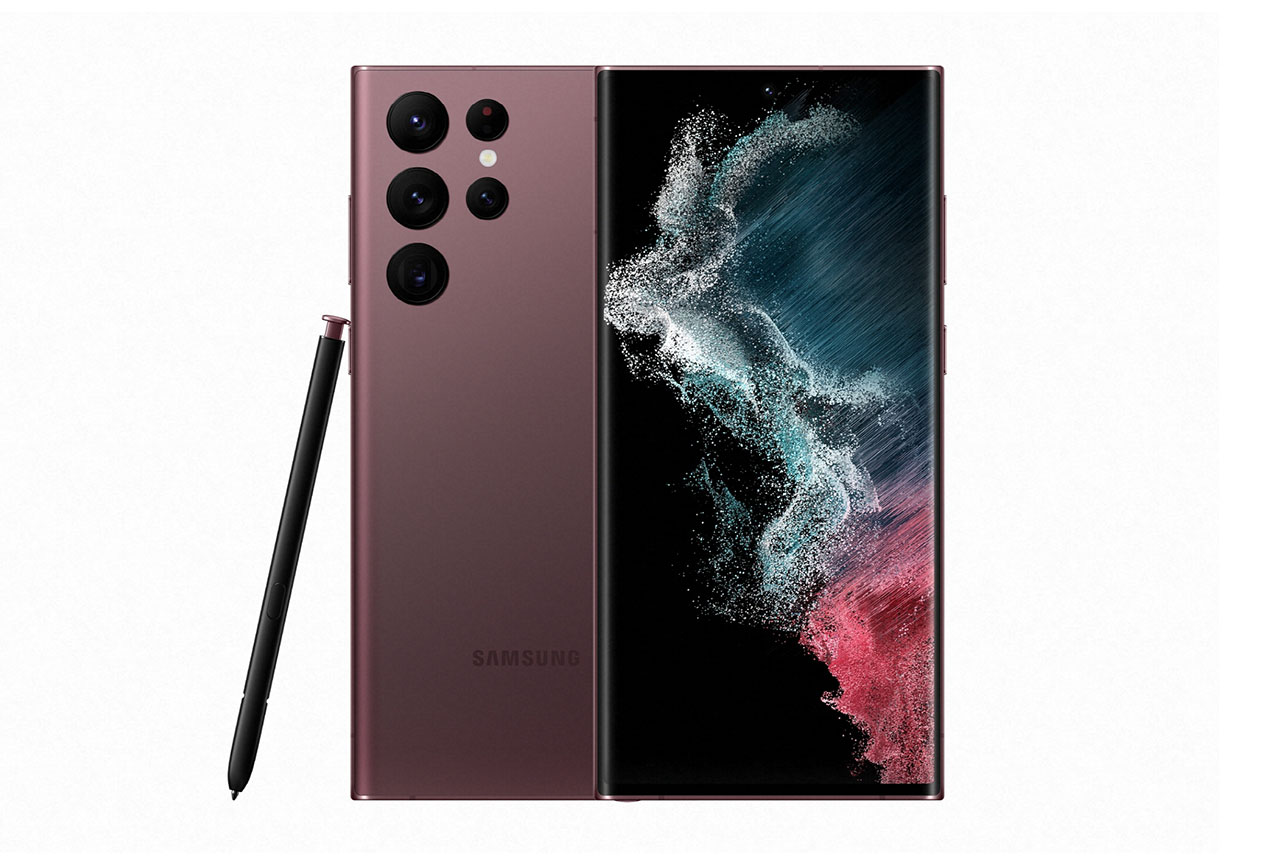
Samsung Galaxy S22 Ultra (Exynos)


Use cases & Conditions
Use case scores indicate the product performance in specific situations. They are not included in the overall score calculations.
Outdoor
Photos & videos shot in bright light conditions (≥1000 lux)
Indoor
Photos & videos shot in good lighting conditions (≥100lux)
Lowlight
Photos & videos shot in low lighting conditions (<100 lux)
Friends & Family
Portrait and group photo & videos
Pros
- Pleasant white balance and colors in all conditions
- Good exposure in most scenes, wide dynamic range
- Natural simulated bokeh effect
- Nice colors and exposure at all zoom settings
- Fast and smooth autofocus in video
- Good exposure and wide dynamic range in bright light and indoor video
- Nice color and skin tones in video
- Good video stabilization when walking while recording
- Good document scanning capabilities
Cons
- Slow autofocus for photos in many lighting conditions
- Occasional local loss of detail in dark areas of HDR scenes
- Luminance noise in most lighting conditions
- Image artifacts, including ringing, ghosting and hue shift
- Slight shadow clipping and unstable white balance in low light videos
- Inconsistent sharpness between video frames when the camera is moving while recording, especially in low light
- Texture artifacts in high-contrast video scenes
Test summary
About DXOMARK Camera tests: DXOMARK’s Camera evaluations take place in laboratories and in real-world situations using a wide variety of subjects. The scores rely on objective tests for which the results are calculated directly by measurement software on our laboratory setups, and on perceptual tests in which a sophisticated set of metrics allow a panel of image experts to compare aspects of image quality that require human judgment. Testing a smartphone involves a team of engineers and technicians for about a week. Photo, Zoom, and Video quality are scored separately and then combined into an Overall score for comparison among the cameras in different devices. For more information about the DXOMARK Camera protocol, click here. More details on smartphone camera scores are available here. The following section gathers key elements of DXOMARK’s exhaustive tests and analyses. Full performance evaluations are available upon request. Please contact us on how to receive a full report.
With a DXOMARK Camera score of 132, the Samsung Galaxy S22 Ultra (Exynos) does not quite make it into the top flight in our smartphone camera ranking but performs overall well and delivers some improvements over its predecessor, the S21 Ultra, for example in video and zoom. But it cannot quite keep up with the best in class in areas such as texture/noise or night photography.
In photo mode, the camera does well, especially for color and exposure. Images show nice colors and a wide dynamic range. However, some luminance noise is usually noticeable, and the level of detail is not quite up with the best. Our testers also observed strong ringing artifacts in all conditions, and a ghosting effect can often be seen when capturing high-contrast scenes.
The ultra-wide camera produces similar results to the S21 Ultra in some ways but has been improved in low light, thanks to more effective noise reduction. When using the tele zoom, target exposure is accurate, and white balance is neutral in bright light and indoors at all tele settings. At close range, the level of captured detail is a little lower, when compared with competitors such as the Huawei P50 Pro or Xiaomi Mi11 Ultra. However, at medium and long range, the S22 Ultra is on par, despite some artifacts. At very long tele settings, the S22 Ultra does well, thanks to its dedicated 10x tele camera.
In video mode, the S22 Ultra does well in bright light and under typical indoor conditions. The camera generally exposes well, and dynamic range is impressive, particularly in the highlights. Skin tones, color in general and white balance are nice, but tone mapping can result in too strong saturation in some HDR scenes. The autofocus works swiftly and smoothly, precisely tracking the subjects in a video scene. Video stabilization is generally effective when walking while recording, but a jello effect can become noticeable when panning quickly. Low-light video clips leave a little room for improvement. Our testers observed some shadow clipping and suboptimal white balance adaptation. There are also differences in sharpness between frames when walking in low light.
The Samsung does well for close-up shots but is not quite on the same level as the iPhone 13 Pro and Pro Max, which are the top devices for this category. Our testers also observed a significant loss of sharpness.
Photo
Samsung Galaxy S22 Ultra (Exynos)
169
For scoring and analysis, DXOMARK engineers capture and evaluate more than 2,600 test images both in controlled lab environments and in outdoor, indoor and low-light natural scenes, using the camera’s default settings. The photo protocol is designed to take into account the main use cases and is based on typical shooting scenarios, such as portraits, family, and landscape photography. The evaluation is performed by visually inspecting images against a reference of natural scenes, and by running objective measurements on images of charts captured in the lab under different lighting conditions from 1 to 1,000+ lux and color temperatures from 2,300K to 6,500K.

Exposure
Samsung Galaxy S22 Ultra (Exynos)
130
Exposure is one of the key attributes for technically good pictures. The main attribute evaluated is the brightness of the main subject through various use cases such as landscape, portrait, or still life. Other factors evaluated are the contrast and the dynamic range, eg. the ability to render visible details in both bright and dark areas of the image. Repeatability is also important because it demonstrates the camera's ability to provide the same rendering when shooting several images of the same scene.
The Galaxy S22 Ultra delivers a good target exposure in all conditions combined with a pretty wide dynamic range. In this backlit portrait shot, the face is correctly exposed on all cameras. The S22 Ultra and iPhone 13 Pro maintain good detail in both highlight and shadow areas of the frame. The S21 Ultra shows some highlight clipping in the sky and shadow clipping in the subject’s beard.
In some situations, the S22 Ultra overexposes the image, which results in strong highlight clipping.
When measuring in the lab, target exposure is generally accurate, especially in low-light conditions where many other devices have a tendency to underexpose. In turn, target exposure is slightly high in bright light. The same is true for the S21 Ultra.

Color
Samsung Galaxy S22 Ultra (Exynos)
130
Color is one of the key attributes for technically good pictures.The image quality attributes analyzed are skin-tone rendering, white balance, color shading, and repeatability. For color and skin tone rendering, we penalize unnatural colors but we respect a manufacturer's choice of color signature.
The Galaxy S22 Ultra generally produces a pleasantly warm white balance and vivid colors with accurate skin tones. In this outdoor scene, all three cameras deliver nice color rendering. The iPhone 13 Pro colors are slightly less saturated, with a slight yellow touch, but still acceptable.
In low light, the S22 Ultra produces warm color casts with an orange hue. The iPhone image is pleasantly warm, with a less pronounced hue. These types of color casts are both acceptable under our new Camera version 5 test protocol. In comparison, the S21 Ultra has a tendency to show a more unnatural pink cast which is penalized heavier in our evaluation.

Autofocus
Samsung Galaxy S22 Ultra (Exynos)
125
Autofocus tests concentrate on focus accuracy, focus repeatability, shooting time delay, and depth of field. Shooting delay is the difference between the time the user presses the capture button and the time the image is actually taken. It includes focusing speed and the capability of the device to capture images at the right time, what is called 'zero shutter lag' capability. Even if a shallow depth of field can be pleasant for a single subject portrait or close-up shot, it can also be a problem in some specific conditions such as group portraits; Both situations are tested. Focus accuracy is also evaluated in all the real-life images taken, from infinity to close-up objects and in low light to outdoor conditions.
The Galaxy S22 Ultra can be slow to capture the image, which means you might miss a decisive moment. The iPhone 13 Pro, on the other hand, uses a Zero Shutter Lag (ZSL) strategy, continuously buffering images even before the trigger is pressed, ensuring the capture of the right moment.
This sample illustrates the capture delay we have seen in the graph above. In this test scene, the shot is always triggered when the model passes through the door frame. When shooting with the S22 Ultra, the image is sometimes captured after the model has come through the door frame. The exact point of capture is not repeatable across consecutive shots.
In this test scene, the model is walking towards the photographer who triggers the shutter button at the exact moment the model is passing through the door.
The camera should capture the shot at this exact moment or very slightly before or after. On the iPhone image, we see that the model has not yet passed through the door, which illustrates the measurements in the graph above: The iPhone 13 Pro has a negative shutter lag of approximately 100-200ms. The Samsung on the other hand has a slight delay, which varies between acceptable (left image below) and a little longer (center image). This again confirms the measurements in the graph above.

Texture
Samsung Galaxy S22 Ultra (Exynos)
125
Texture tests analyze the level of details and the texture of subjects in the images taken in the lab as well as in real-life scenarios. For natural shots, particular attention is paid to the level of details in the bright and dark areas of the image. Objective measurements are performed on chart images taken in various lighting conditions from 1 to 1000 lux and different kinds of dynamic range conditions. The charts used are the proprietary DXOMARK chart (DMC) and the Dead Leaves chart.
The level of detail captured by the S22 Ultra is quite similar to the S21 Ultra. The iPhone 13 Pro remains slightly better, providing more natural rendering of fine details. In the example below, we can also see that the S22 Ultra sometimes locally loses details in dark areas.
In lab measurements, the S22 Ultra shows fairly good acutance in most tested conditions. However, when it comes to texture and fine detail as measured by our Texture AI metric, we detected a slight loss of detail compared to the iPhone 13 Pro. When mounted on the tripod the S22 Ultra texture values are close to the S21 Ultra across all light levels but lower than the iPhone 13 Pro in bright light. When the phone is handheld, there is a big drop in performance below 100 lux. In real-life scenes, we have seen some texture rendering instabilities at this light level.

Noise
Samsung Galaxy S22 Ultra (Exynos)
117
Noise tests analyze various attributes of noise such as intensity, chromaticity, grain, structure on real-life images as well as images of charts taken in the lab. For natural images, particular attention is paid to the noise on faces, landscapes, but also on dark areas and high dynamic range conditions. Noise on moving objects is also evaluated on natural images. Objective measurements are performed on images of charts taken in various conditions from 1 to 1000 lux and different kinds of dynamic range conditions. The chart used is the Dead Leaves chart and the standardized measurement such as Visual Noise derived from ISO 15739.
In the lab, the S22 Ultra noise measurements are higher than the S21 Ultra above 20 lux.
In this outdoor scene, luminance noise is more intrusive than on the comparison devices.
In low light, noise reduction is sometimes not working effectively, resulting in coarse luminance noise.
In terms of night shots, the Samsung Galaxy S22 Ultra has noticeably improved over its predecessor, the S21 Ultra, with a better texture/noise trade-off. However, the iPhone 13 Pro still records lower noise levels in comparison.

Artifacts
Samsung Galaxy S22 Ultra (Exynos)
82
The artifacts evaluation looks at lens shading, chromatic aberrations, geometrical distortion, edges ringing, halos, ghosting, quantization, unexpected color hue shifts, among others type of possible unnatural effects on photos. The more severe and the more frequent the artifact, the higher the point deduction on the score. The main artifacts observed and corresponding point loss are listed below.
On the S22 Ultra, ringing is often visible on high-contrast edges. This is better under control on the S21 Ultra and also less intrusive on the iPhone.
Ghosting can be visible in scenes with motion, especially in low light.


Bokeh
Samsung Galaxy S22 Ultra (Exynos)
85
Bokeh is tested in one dedicated mode, usually portrait or aperture mode, and analyzed by visually inspecting all the images captured in the lab and in natural conditions. The goal is to reproduce portrait photography comparable to one taken with a DLSR and a wide aperture. The main image quality attributes paid attention to are depth estimation, artifacts, blur gradient, and the shape of the bokeh blur spotlights. Portrait image quality attributes (exposure, color, texture) are also taken into account.
In bokeh mode, the three comparison devices use different equivalent focal lengths. We measured an equivalent focal length of 66mm for the Samsung Galaxy S22 Ultra, which is fairly close to a typical portrait lens. The iPhone at 78mm is even better in this regard, but the S21 Ultra falls somewhat short at 43mm. The S22 Ultra delivers a natural-looking bokeh effect, with a nice blur gradient and good subject isolation from the background. Some segmentation artifacts can be visible, though.
Preview
Samsung Galaxy S22 Ultra (Exynos)
93
Preview tests analyze the image quality of the camera app's preview of the image, with particular attention paid to the difference between the capture and the preview, especially regarding dynamic range and the application of the bokeh effect. Also evaluated is the smoothness of the exposure, color and focus adaptation when zooming from the minimal to the maximal zoom factor available. The preview frame rate is measured using the LED Universal Timer.
Preview performance on the S22 Ultra is similar to its predecessor S21 Ultra, but the newer model achieves a higher score, thanks to delivering better photo quality.
Target exposure on portraits, when in the preview image, is acceptable in all tested conditions. This is a considerable improvement over the Galaxy S21 Ultra, which underexposes the subject in some light conditions, especially in low light (20 lux).
This graph shows measurements of the average lightness of the face in the preview of the camera app. Measurements are done on the face of the realistic mannequin in our Portrait HDR setup and are shot in different lighting conditions.
Lighting conditions are defined by different illuminance levels, and by the differences in luminance between the forehead of the mannequin and the backlight panel (expressed in ΔEV).
Zoom
Samsung Galaxy S22 Ultra (Exynos)
169
DXOMARK engineers capture and evaluate over 400 test images in controlled lab environments and in outdoor, indoor, and low-light natural scenes, using the camera’s default settings and pinch zoom at various zoom factors from ultra wide to very long-range zoom. The evaluation is performed by visually inspecting the images against a reference of natural scenes, and by running objective measurements of chart mages captured in the lab under different conditions from 20 to 1000 lux and color temperatures from 2300K to 6500K.
The Samsung Galaxy S22 Ultra (Exynos) achieves a very good score for Zoom, which includes the tele and wide sub-scores. In this section, we take a closer look at how these sub-scores were achieved and compare zoom image quality against the competitors.
In terms of focal length, the S22 Ultra has a very similar camera setup to the S21 Ultra — a 13mm ultra-wide and two tele lenses at 70 and 230mm respectively, in addition to the primary camera. This is quite different to the Apple iPhone 13 Pro, which only uses a single 77mm tele module.
This hardware, combined with software that has been improved over the S21 Ultra, allows the S22 Ultra to capture good image quality — better than the iPhone — across all tested zoom settings and for all the zoom ratio tested. Low light pictures captured with the ultra-wide camera show good detail but also significant noise levels.
This said, compared to the best in class (marked by the orange dotted line in the graph below), there is still some margin for improvement across all image quality attributes (texture, noise, and especially highlight retention).

Wide
Samsung Galaxy S22 Ultra (Exynos)
122
When shooting with the ultra-wide camera target exposure is accurate in most conditions. White balance and skin tones are generally accurate as well.

Tele
Samsung Galaxy S22 Ultra (Exynos)
128
All image quality attributes are evaluated at focal lengths from approximately 40 mm to 300 mm, with particular attention paid to texture and detail. The score is derived from a number of objective measurements in the lab and perceptual analysis of real-life images.
The detail preservation graph below confirms the results we have seen above and the S22 Ultra’s good performance at very long tele and ultra-wide settings. The graph plots the DMC Texture AI metric for different zoom factors. At around 90mm, the Apple iPhone 13 Pro captures a similar level of detail to the Samsung but cannot match it at closer and longer ranges. Low light tele performance is slightly below the Apple iPhone 13 Pro Max at 20 and 5 lux, though. These measurements confirm what we can see in the low-light sample shots a bit further down the page.
In the lab tests, we can also see that the S22 Ultra has slightly improved over the S21 Ultra, delivering a slightly better resolution with a very similar texture/noise trade-off.
At long-range tele (170mm for this sample) both the S22 Ultra and S21 Ultra capture good detail at the center of the frame. However, texture drops off significantly towards the edges. This is because the camera uses image fusion, capturing the center portion of the image with the 10x tele module (230mm equivalent) and filling the rest with the 3x module. The iPhone image shows less detail at the center of the frame.
When it comes to very long-range tele shots, the S22 Ultra does quite well, thanks to its 230mm equivalent 10x tele lens. Detail is even slightly better than on the class-leading Xiaomi Mi11 Ultra.
At medium-range tele zoom (90mm equivalent focal length) and in low light, the S22 Ultra sometimes does not use its 3x tele module and uses the primary camera instead. This results in a fairly low texture/noise trade-off. The S21 Ultra does the same in this scene, but the iPhone 13 Pro captures higher levels of detail. The same behavior is also observed in the lab (see the Texture AI measurement at 5 lux).
Video
Samsung Galaxy S22 Ultra (Exynos)
159
DXOMARK engineers capture and evaluate more than 2.5 hours of video in controlled lab environments and in natural low-light, indoor and outdoor scenes, using the camera’s default settings. The evaluation consists of visually inspecting natural videos taken in various conditions and running objective measurements on videos of charts recorded in the lab under different conditions from 1 to 1000+ lux and color temperatures from 2,300K to 6,500K.

Exposure
Samsung Galaxy S22 Ultra (Exynos)
116
Exposure tests evaluate the brightness of the main subject and the dynamic range, eg. the ability to render visible details in both bright and dark areas of the image. Stability and temporal adaption of the exposure are also analyzed.
When recording, video target exposure is generally accurate with a wide dynamic range in most bright light and indoor scenes. In this outdoor portrait scene, both cameras do a good job in terms of target exposure and contrast in bright areas. However, if we focus on the subject’s beard, the iPhone preserves better detail in the shadows.
In low-light scenes, faces can be slightly underexposed, especially on dark skin tones. In this sample, target exposure on the Samsung Galaxy S22 Ultra is lower than on the iPhone 13 Pro, especially on the dark-skinned model. There is also an unexpected change in exposure. The iPhone’s auto exposure system performs in a more stable way in comparison.

Color
Samsung Galaxy S22 Ultra (Exynos)
120
Image-quality color analysis looks at color rendering, skin-tone rendering, white balance, color shading, stability of the white balance and its adaption when light is changing.
The Samsung Galaxy S22 Ultra renders skin tones nicely and delivers a pleasant white balance in video.

Autofocus
Samsung Galaxy S22 Ultra (Exynos)
120
Video autofocus is one of the main strengths of S22 Ultra. In this difficult low light scene, the Samsung always maintains the subject’s face in focus, without any autofocus breathing. The iPhone 13 Pro does equally well.

Texture
Samsung Galaxy S22 Ultra (Exynos)
118
Texture tests analyze the level of details and texture of the real-life videos as well as the videos of charts recorded in the lab. Natural videos recordings are visually evaluated, with particular attention paid to the level of details in the bright and areas as well as in the dark. Objective measurements are performed of images of charts taken in various conditions from 1 to 1000 lux. The charts used are the DXOMARK chart (DMC) and Dead Leaves chart.
Generally, the Samsung Galaxy S22 Ultra delivers high levels of detail in video mode, but in this outdoor scene, we can see that the Apple iPhone 13 Pro does better.
In high-contrast scenes, texture artifacts can be visible. In this indoor scene, we can see some scene integrity artifacts in the shape of face deformation.

Noise
Samsung Galaxy S22 Ultra (Exynos)
120
Noise tests analyze various attributes of noise such as intensity, chromaticity, grain, structure, temporal aspects on real-life video recording as well as videos of charts taken in the lab. Natural videos are visually evaluated, with particular attention paid to the noise in the dark areas and high dynamic range conditions. Objective measurements are performed on the videos of charts recorded in various conditions from 1 to 1000 lux. The chart used is the DXOMARK visual noise chart.
Noise is overall well controlled in the S22 Ultra’s video output. In most lighting conditions, noise levels are slightly higher compared to the iPhone 13 Pro.

Artifacts
Samsung Galaxy S22 Ultra (Exynos)
86
Artifacts are evaluated with MTF and ringing measurements on the SFR chart in the lab as well as frame-rate measurements using the LED Universal Timer. Natural videos are visually evaluated by paying particular attention to artifacts such as aliasing, quantization, blocking, and hue shift, among others. The more severe and the more frequent the artifact, the higher the point deduction from the score. The main artifacts and corresponding point loss are listed below.
In S22 Ultra video clips, aliasing artifacts can be visible on areas of high-frequency detail. In this high-contrast lab scene, aliasing is more noticeable on the S22 Ultra than on the iPhone 13 Pro.

Stabilization
Samsung Galaxy S22 Ultra (Exynos)
119
Stabilization evaluation tests the ability of the device to stabilize footage thanks to software or hardware technologies such as OIS, EIS, or any others means. The evaluation looks at residual motion, smoothness, jellow artifacts and residual motion blur on walk and run use cases in various lighting conditions. The video below is an extract from one of the tested scenes.
Video stabilization works effectively when walking while recording. In this outdoor scene, the S22 Ultra stabilization does a good job. The same is true for the iPhone 13 Pro.
Sharpness differences between frames can be noticeable, especially when recording in low light. In this sample, the effect is more visible on the S22 Ultra than on the iPhone 13 Pro.


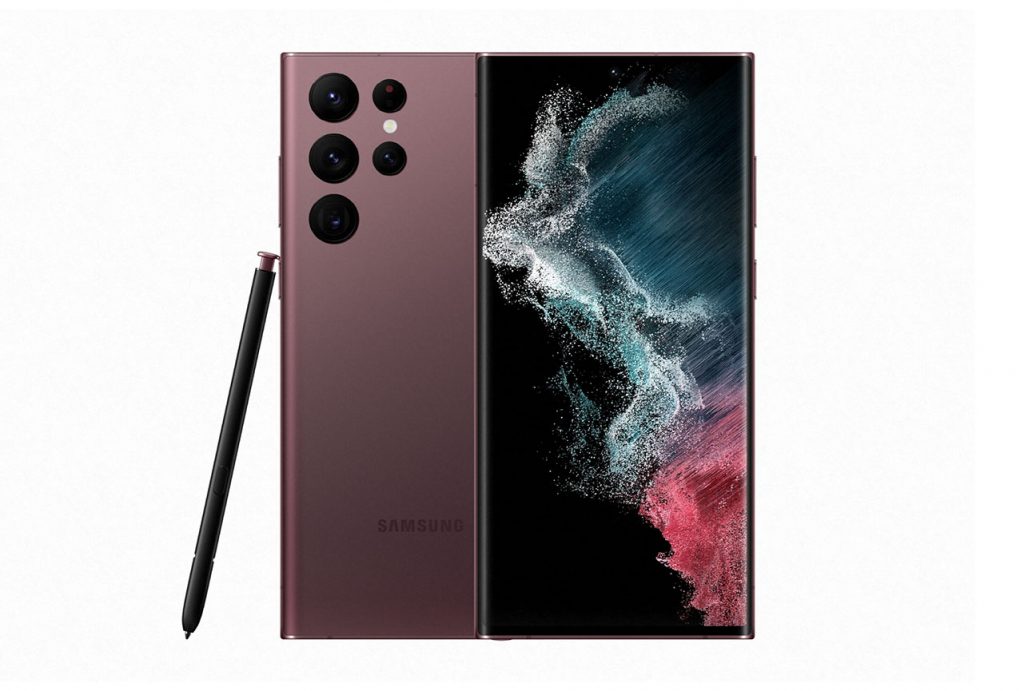
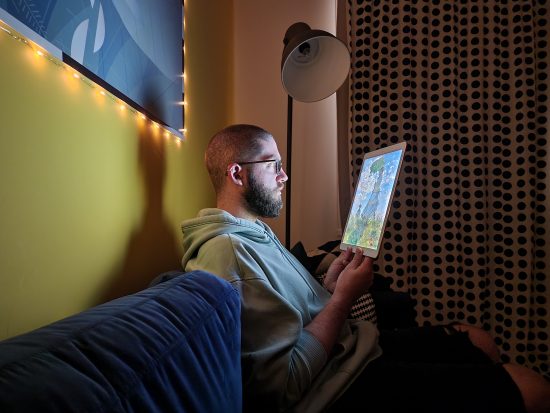
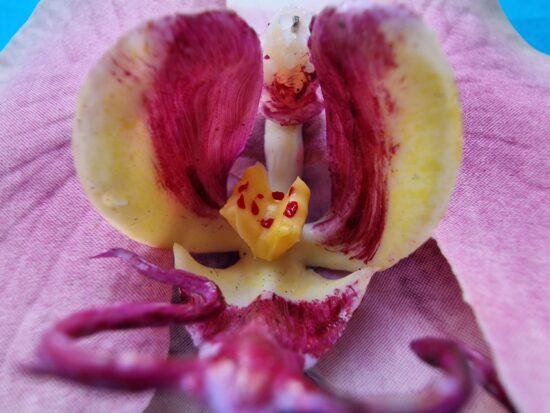
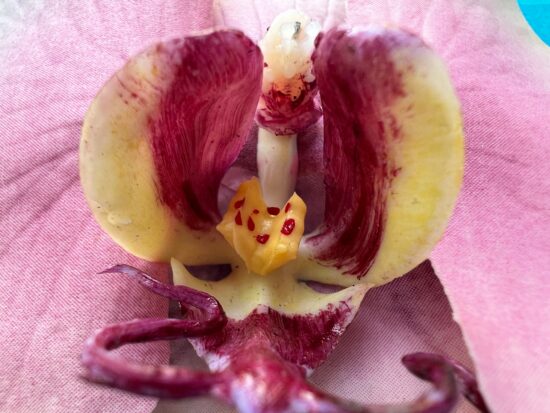


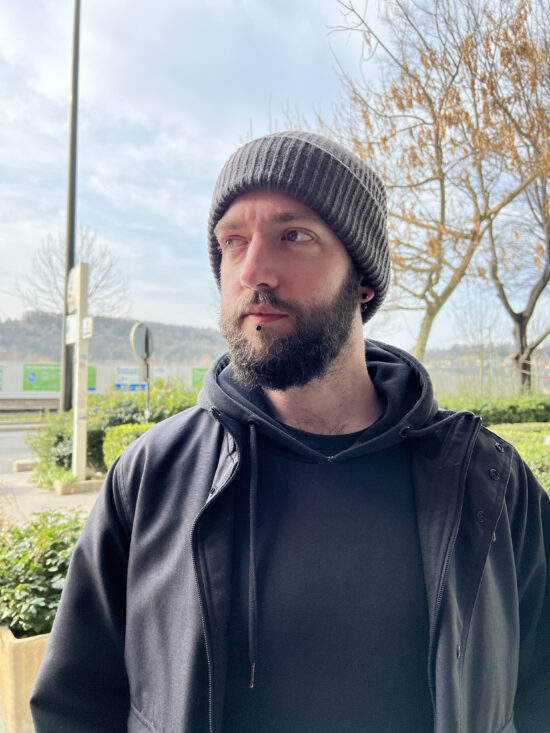
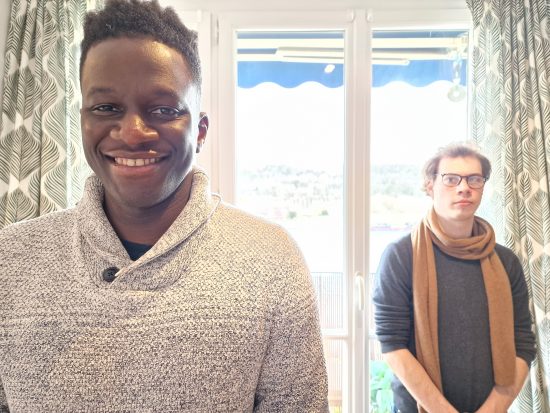

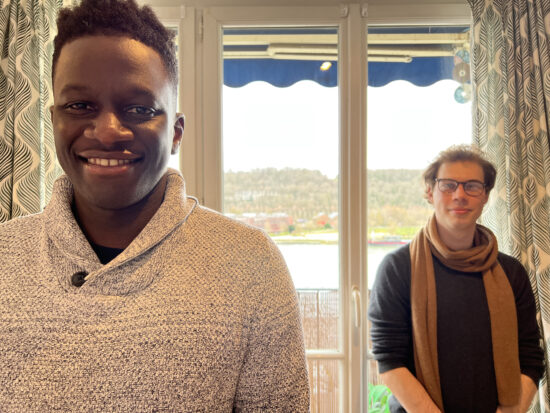
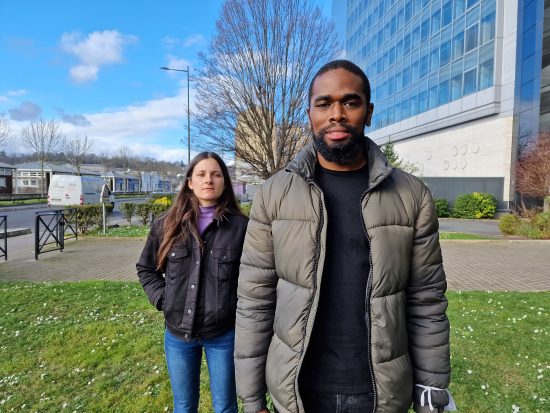


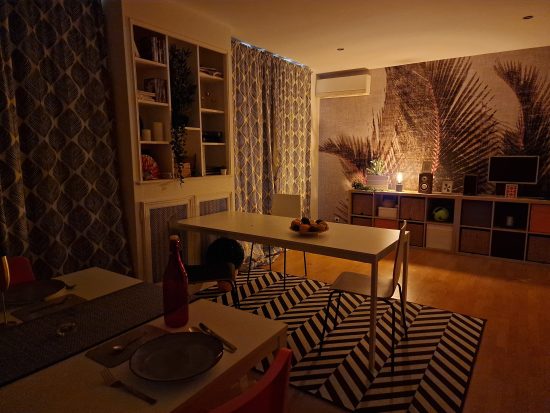
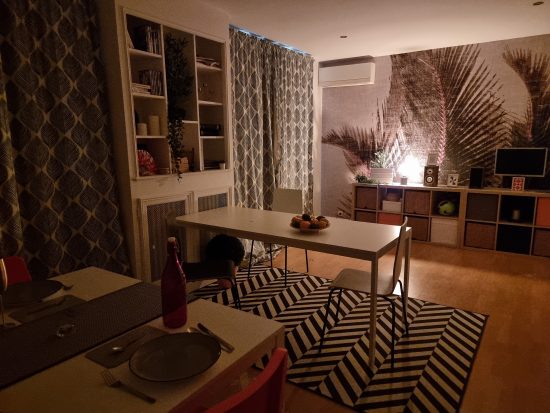
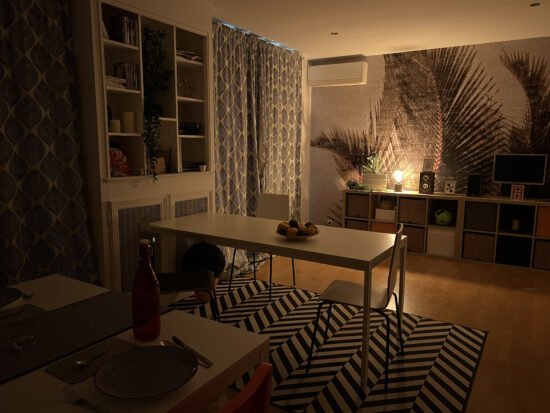
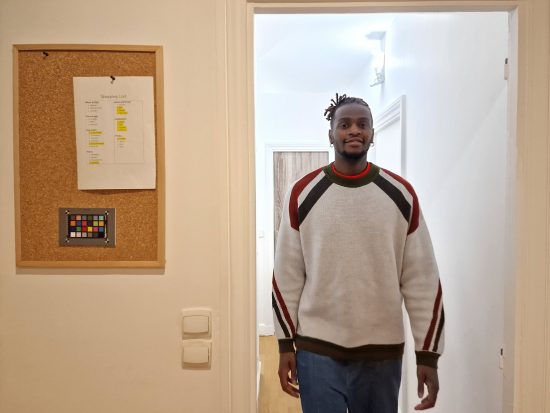
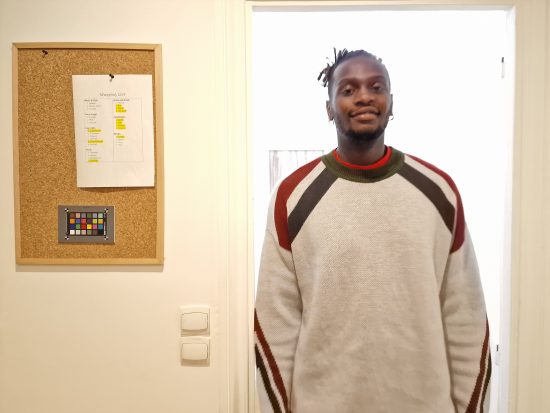
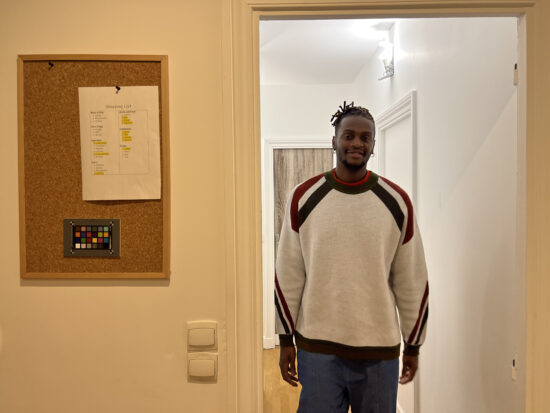
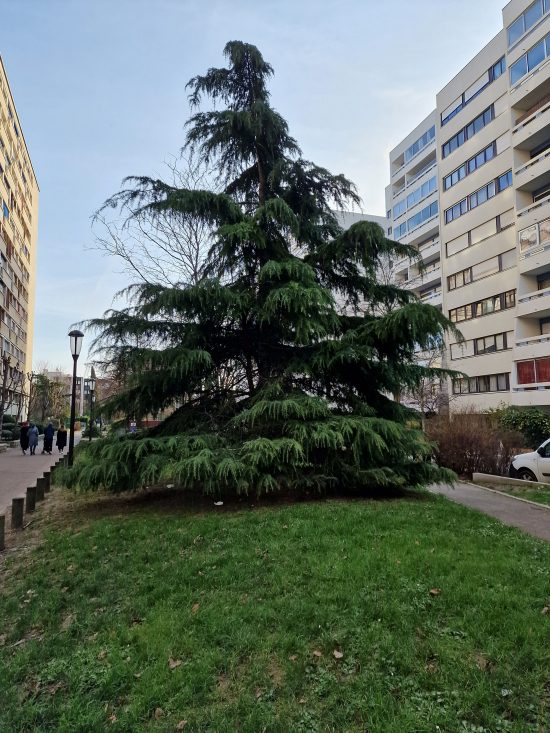

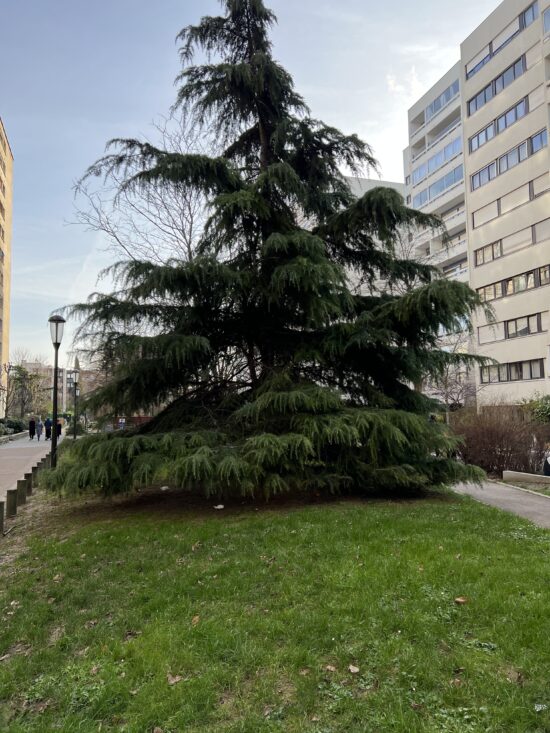



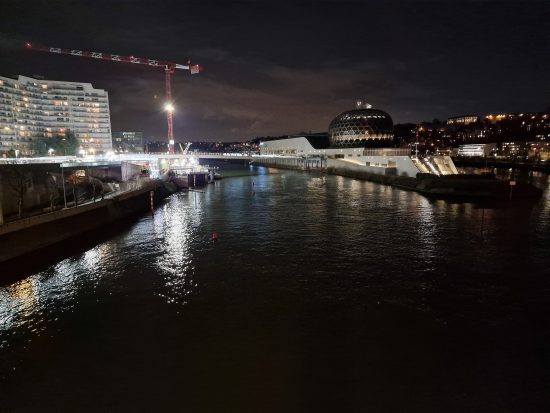






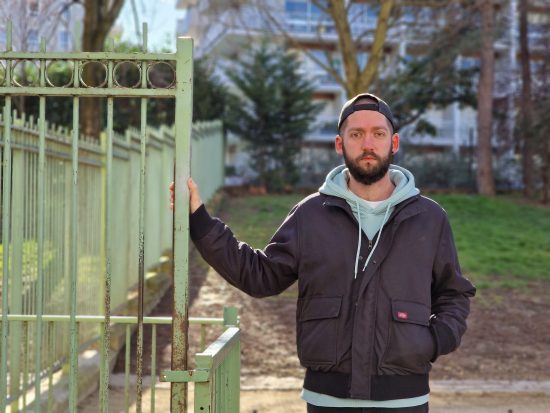
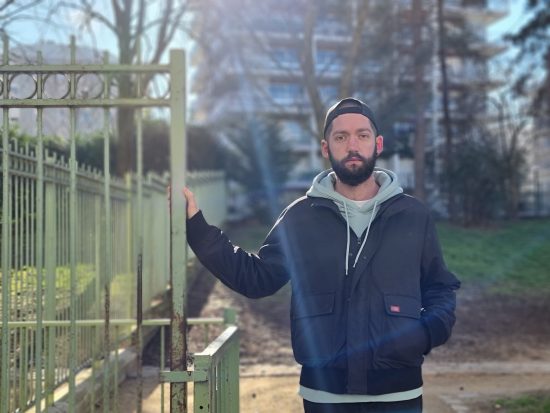
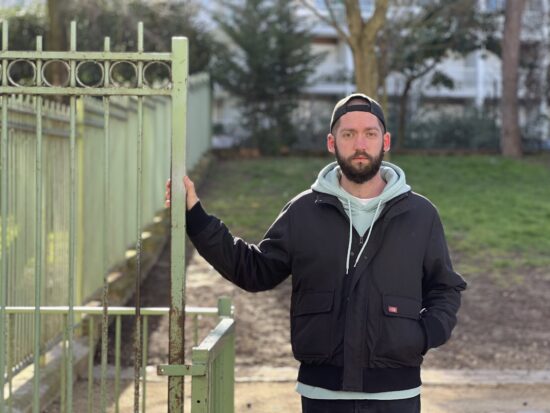
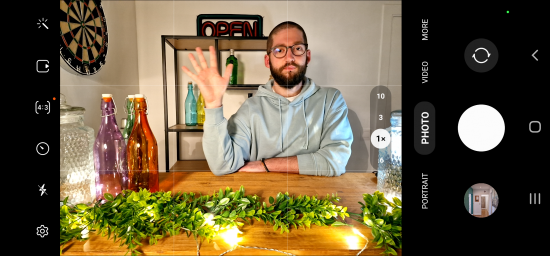

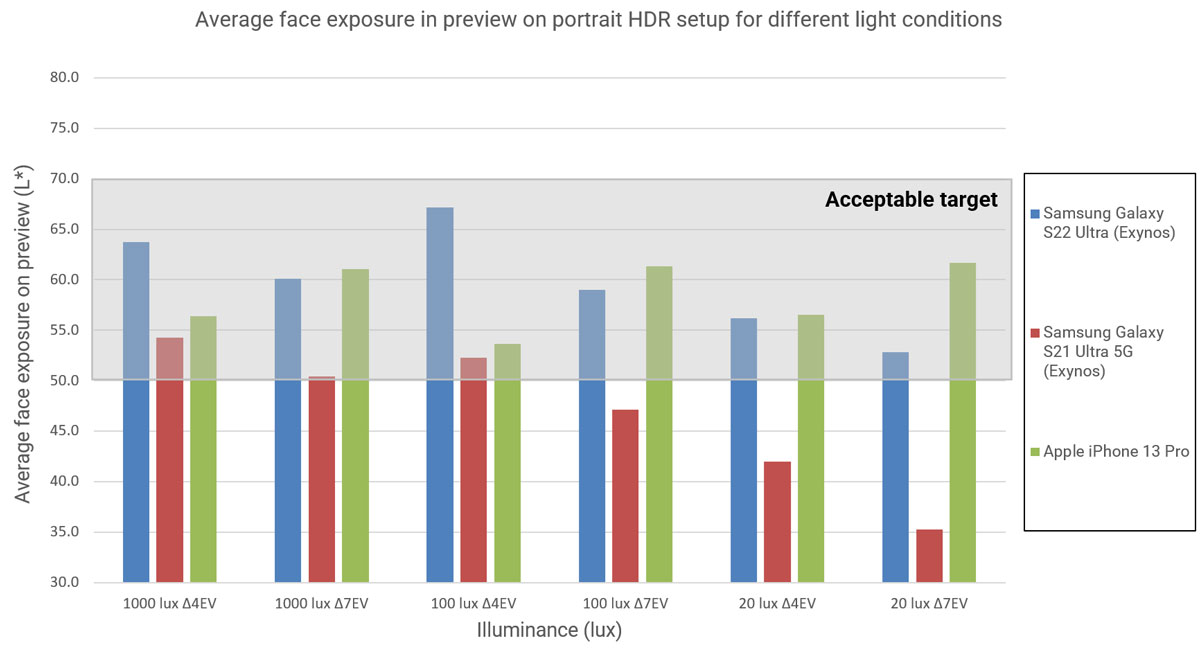
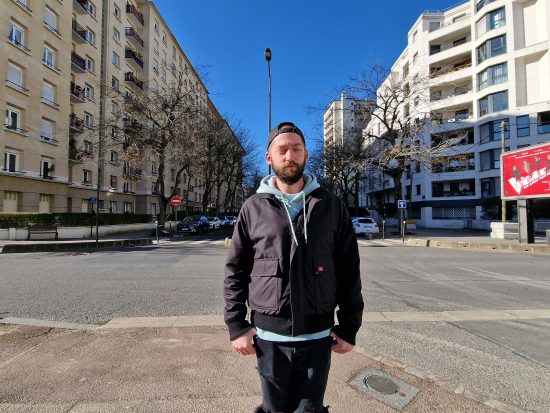
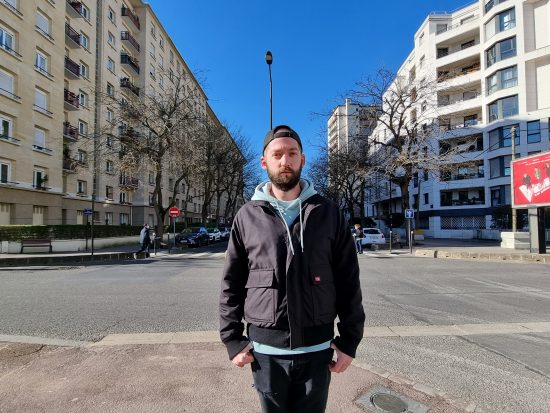
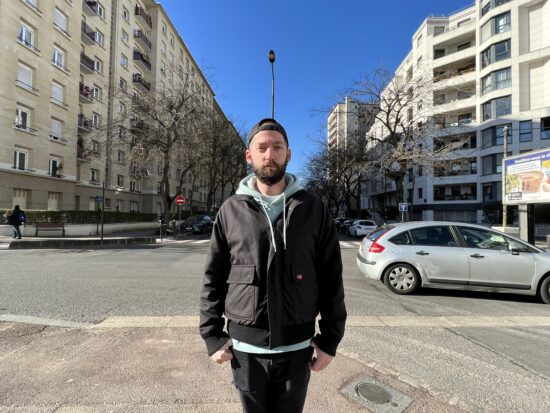



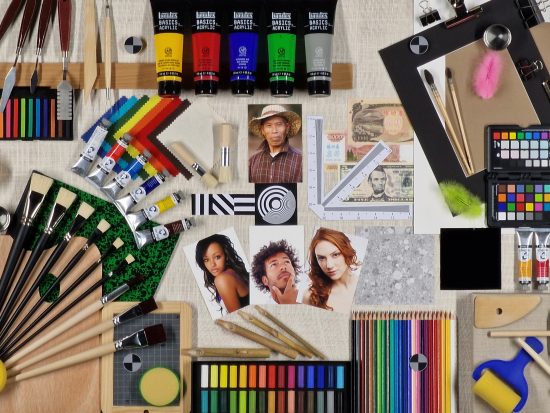
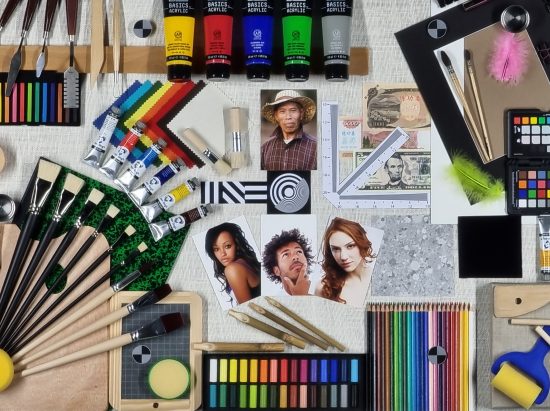
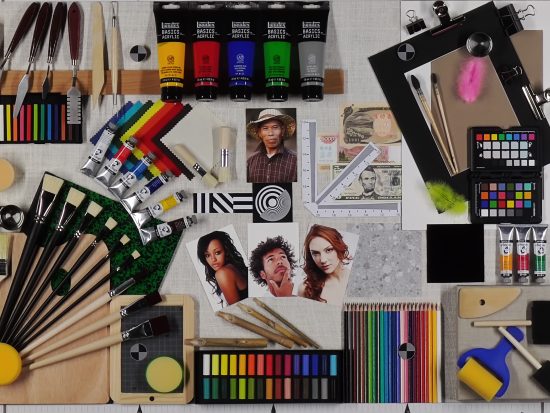
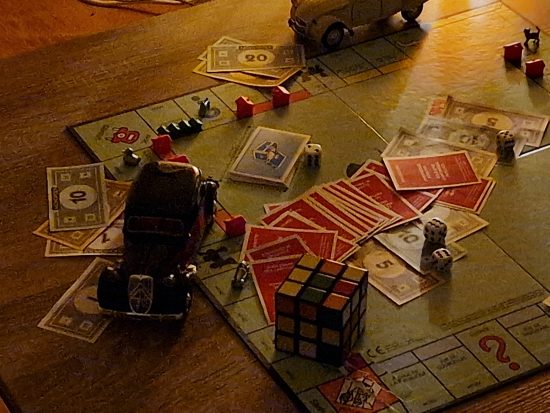
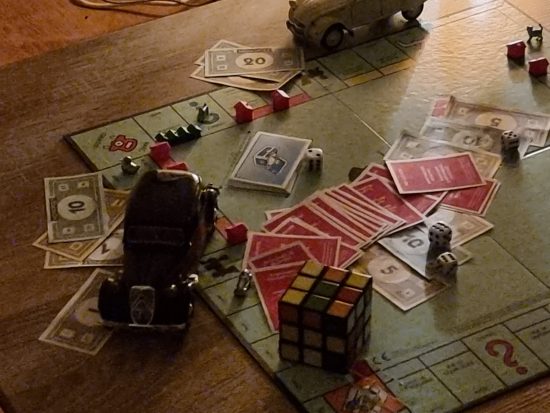
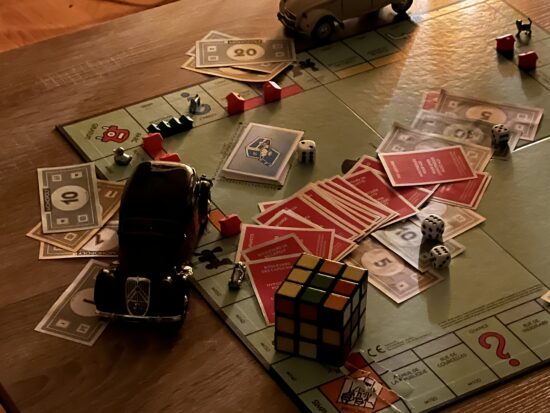
DXOMARK encourages its readers to share comments on the articles. To read or post comments, Disqus cookies are required. Change your Cookies Preferences and read more about our Comment Policy.